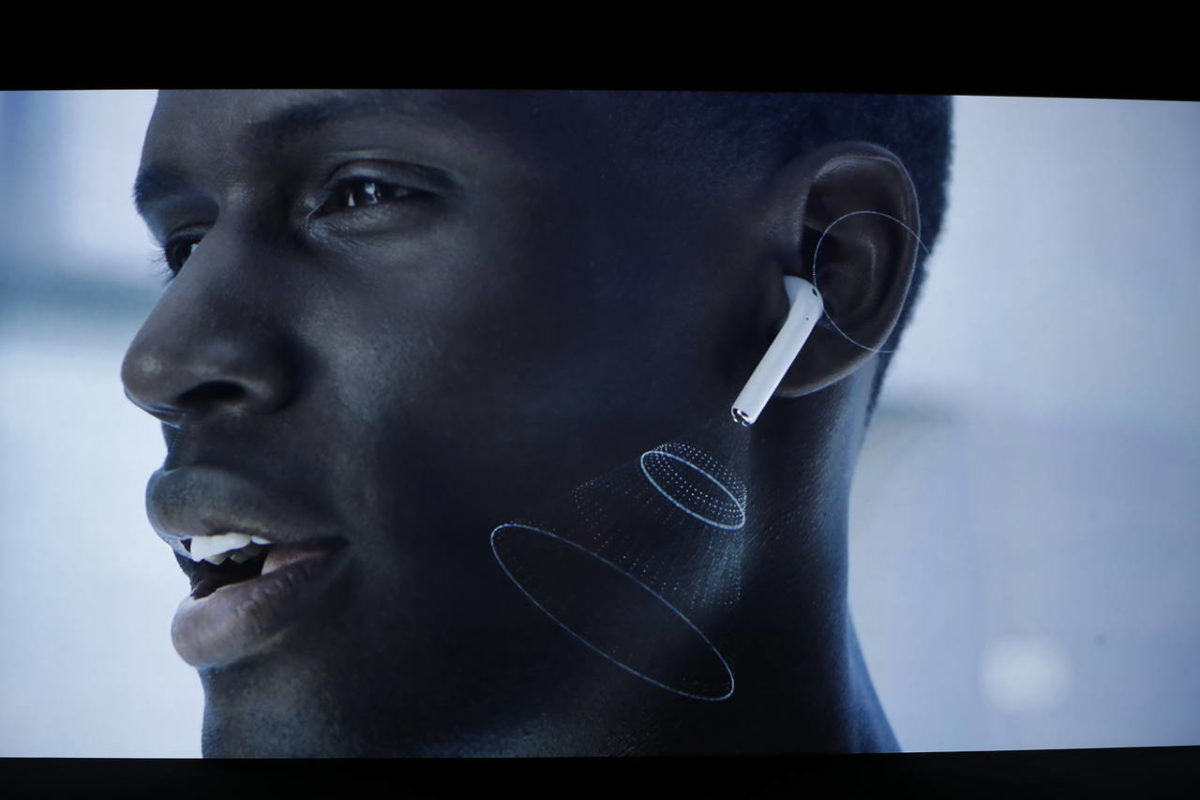The term hearables was first coined by the industry expert Nick Hunn in 2014. Since then, his prediction regarding the way this technology will develop has been coming true.
Hearable is a smart device that is worn in the ear. It is different from wireless earphones as it packs ‘smart’ technology and sensors. Apple Airpods would fit that definition as they provide access to Siri and have sensors (eg.accelerometer). One might wonder, how this is different from the Apple Watch or FitBit or any other wearable? Well, the future of hearable seems much more bright.
First of all, due to the device being positioned in the ear, the sensors can collect data that can provide much more sophisticated predictions than a wrist-worn device. Capabilities like fall prediction due to the change in gait (one of the main reasons for hospitalisation in elderly), insulin spikes detection, sleep quality tracking, stroke prediction and many more are already possible. This makes a hearable device not only an ultimate wellbeing device but a full-blown personal healthcare delivery system. This seems to be evident to major players like Philips, who recently announced a partnership with William Demant, a Danish hearing aid manufacturer. Initially, they will develop a smart hearing aid. However, William Demant has stated they aspire to develop a health monitoring system that is worn in the ear.
Aside from the medical use, the advancements in technology might mean the earpiece will become the first point of connection to the internet. Personal voice assistants are evolving rapidly, and as soon as they are capable of dealing with the day-to-day Internet queries there will be no need to take out the mobile phone and poke the screen.
You can find very thoughtful and insightful blog posts on the topic can from Nick Hunn here.


Interesting steps towards the future. I do find it remarkable how hearables do not clash with the health of our ears. From my perspective, I find it difficult to believe that wearables, especially when listening to music or calling with someone, could potentially benefit our health. Besides tracking sleep quality or stroke predictions of consumers, they will not automatically lower the volume when consumers try listening to a song. Personal preferences (e.g. hearing loud music) will contradict hearables’ purpose of monitoring health. I am interested in how potential collaborations (especially with partners in the medical world) could tackle this problem.